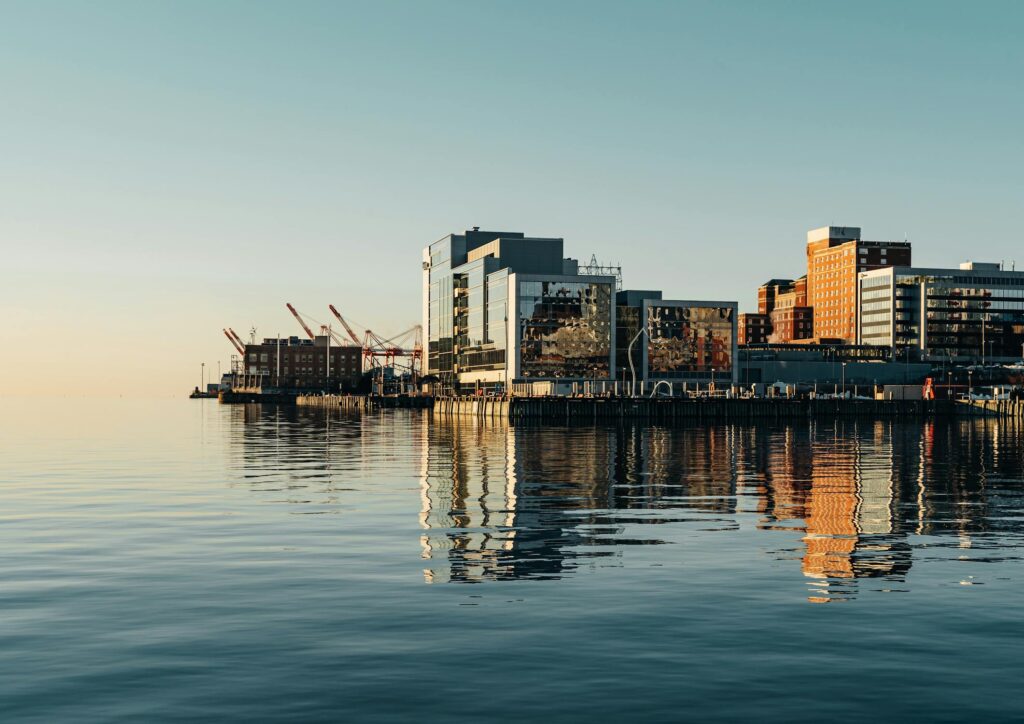With Halifax Harbour Bridges moving to a no-tolling policy from March 17, residents are wondering what the next big transport changes are likely to be. The following are some of the key changes we can expect to see in the near future.

Source: Pexels
A Look at the Rapid Transit Strategy
The growth in Halifax’s population over recent years has led to the need for new transport strategies that help locals and tourists get around more smoothly. The Rapid Transit Strategy developed for the area includes four new Bus Rapid Transit (BRT) lines as well as three proposed new ferry routes.
These ideas have been designed to provide sensible alternatives to private vehicles and increase mobility options across the city. It’s also a way of making the communities here feel more compact and walkable. The BRT lines are to be within walking distance of about 120,000 residents, while the ferry routes would link Mill Cove Shannon Park, and Larry Uteck with the downtown area.
The Bike Network
Cycling enthusiasts will be delighted to see that the Halifax Regional Municipality is working on the creation of a series of connected bikeways that will be available for cyclists of all ages and abilities. The network will be made up of a combination of multi-use pathways, protected bike lanes, and local street bikeways. It’s part of the city’s Integrated Mobility Plan that aims to make getting around Halifax easier and safer.
The idea is to make this North America’s safest cycling city, with paths and lanes that are easily accessible at any time of day or night. The addition of protected bike lanes on University Avenue and Morris Street was among the latest plans approved at the end of 2024 to take this project forward.

Source: Pixabay
Changes to Our Working and Entertainment Habits
The plans we’ve just looked at are all about making Halifax safer and easier to get around. These transport strategies are going to make life easier for people who commute to work every day or head outdoors for entertainment at Downtown venues such as the Neptune Theatre or the Harbourside Market.
Yet, as our working and entertainment habits change, this is going to make a difference to our evolving transport needs. The Statistics Canada site shows that in May 2024 Halifax was lying in fourth place in terms of the percentage of workers who mainly work from home, behind only Ottawa–Gatineau, Oshawa, and Toronto with almost 24%.
In entertainment terms, the move to online options has given us an easier way to enjoy sports, with Canada’s first virtual soccer stadium revealed by the Canadian Premier League for the 2020 CPL Island Games. This gambling platform provider confirms that an AI-powered sportsbook option is available too, allowing fans to place bets as they stream games. A multi-channel, multi-currency payment engine makes it easy for users to add and withdraw funds using Visa, MasterCard, Trustly and other popular options.
There’s no doubt that new projects are changing the way we travel across Halifax and beyond. While these projects covered here are all worthwhile, it’s also a good idea to consider whether taking advantage of the different lifestyle options offered by modern technology could help us to cut down on the amount of travel we each carry out daily.


